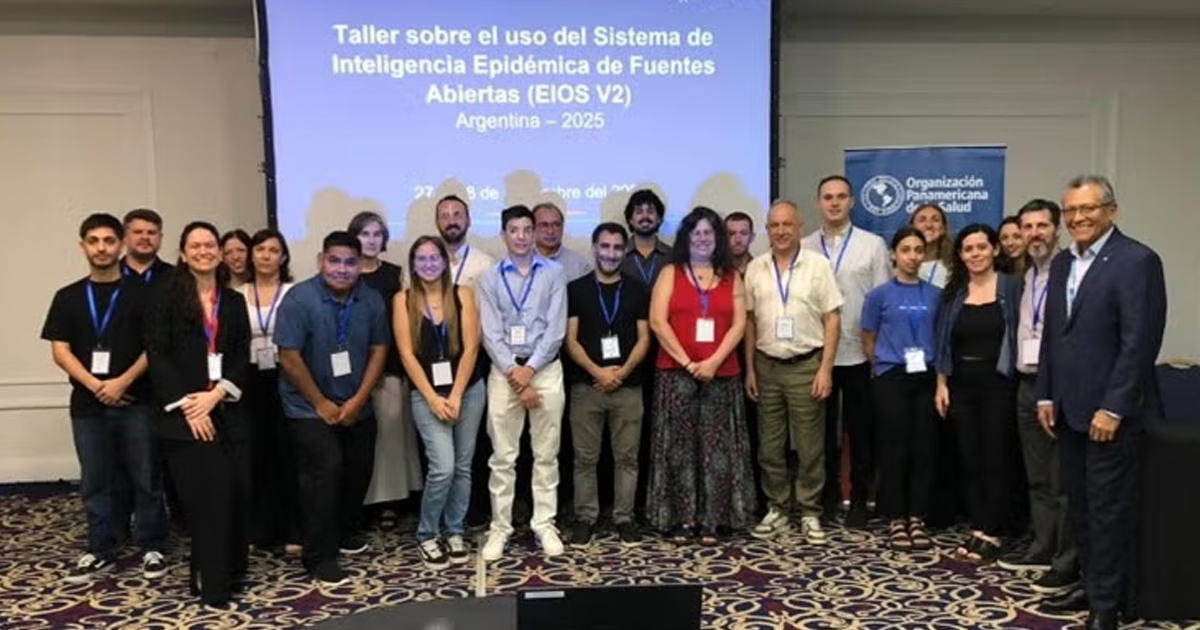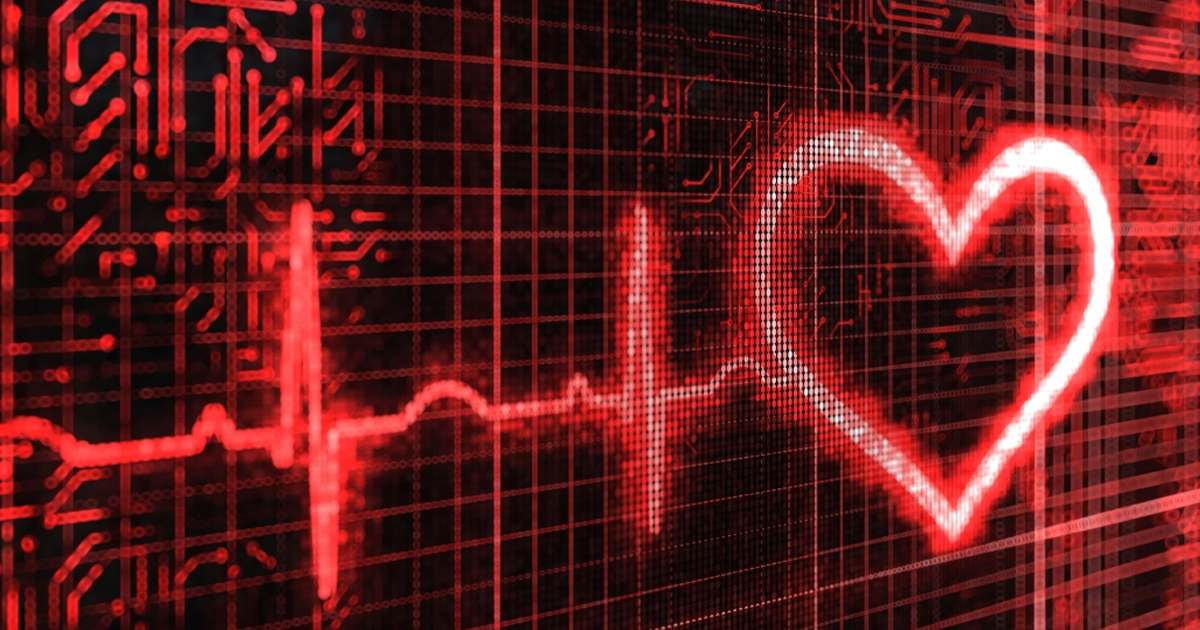Estudiantes de universidad en Estados Unidos realizaron una estrategia educativa para población de alto riesgo ante COVID-19 tomando como base un mapa sobre la vulnerabilidad de la población.
Los modelos predictivos, han sido de gran importancia en el combate contra la pandemia. Han sido desarrollados por diferentes organizaciones académicas y de salud, logrando ser un apoyo para la planeación y la toma de decisiones en la lucha contra el COVID-19. Por ejemplo, para la gestión de los recursos en hospitales, así como la administración del personal de salud.
Los análisis predictivos permiten conocer a través de los datos cómo es el comportamiento de la pandemia y realizar estimaciones, por ejemplo, sobre la mortalidad y la incidencia de COVID-19. “La analítica predictiva es un análisis estadístico que utiliza la minería de datos, el machine learning y los algoritmos basados en series de datos históricos para identificar patrones de comportamiento y tendencias para predecir escenarios futuros”, explica la Pan American Health Organization en un documento sobre Modelos predictivos.

Actualmente gracias a los recursos disponibles, como la tecnología que permite el procesamiento de millones de datos, el uso de Big Data y entre otros recursos, han potenciado el uso de mecanismo analíticos de esta clase.
Sin embargo, en el escenario actual de la pandemia, el análisis predictivo no solamente funciona para realizar estimaciones epidemiológicas o para la gestión de recursos en sistemas de salud. Recientemente estudiantes de la Universidad Médica de Carolina del Sur (MUSC, por sus siglas en inglés) crearon un programa educativo basado en técnicas de análisis predictivo, orientado a población con mayor riesgo de sufrir complicaciones por COVID-19. Para desarrollar la estrategia, utilizaron el mapa Jvion COVID-19 Community Vulnerability Map, herramienta basada en el análisis predictivo especializada en identificar a la población de riesgo.
“Decidimos que los pacientes mayores de 65 años y alrededor de 80 pistas censales, que estaban etiquetadas como de riesgo extremadamente alto, serían nuestra primera prioridad. Nuestro siguiente nivel serían los pacientes mayores de 65 años y las áreas de alto riesgo según lo etiquetado por el mapa de vulnerabilidad. Eso nos dejó con unas 28.000 personas”, explicó Alan Snyder, estudiante de medicina de la MUSC a un medio especializado.
De acuerdo a las estimaciones realizada a través del mapa, encontraron 28 mil personas aproximadamente, que cumplieron con las etiquetas de riesgo alto ante COVID-19, por lo que se trataron de personas mayores de 65 años.
Posteriormente, tras involucrar a voluntarios, Snyder explicó que el enfoque del proyecto consistía en tres niveles. Primero la estrategia educativa y de información sobre el virus que contempló la información disponible por parte de los CDC. “En la era moderna, hay mucha polarización de opiniones y creencias. Queríamos asegurarnos de compartir información basada en la ciencia y que ha demostrado ser útil. Incluso si solo nos contactamos con una persona, digamos por teléfono, esa persona puede hablar con su familia y esa información se difundirá”, explicó Snyder.
El segundo nivel incluyó un cuestionario de determinantes sociales de la salud, para evaluar otros factores de riesgo de los pacientes. Después de la evaluación, el tercer paso fue guiar a los pacientes a servicios sociales.
“Por supuesto, nos encantaría informar a todos. Y hasta cierto punto lo hicimos: creamos un canal de YouTube experto en la materia, COVID-19, vinculado a MUSC, y creamos un correo electrónico para poder comunicarnos con las 28,000 personas con las que contactamos. Pero creíamos que esas intervenciones personalizadas tendrían el mayor impacto en aquellos que sabíamos que tenían el mayor riesgo de malos resultados”, concluyó.







